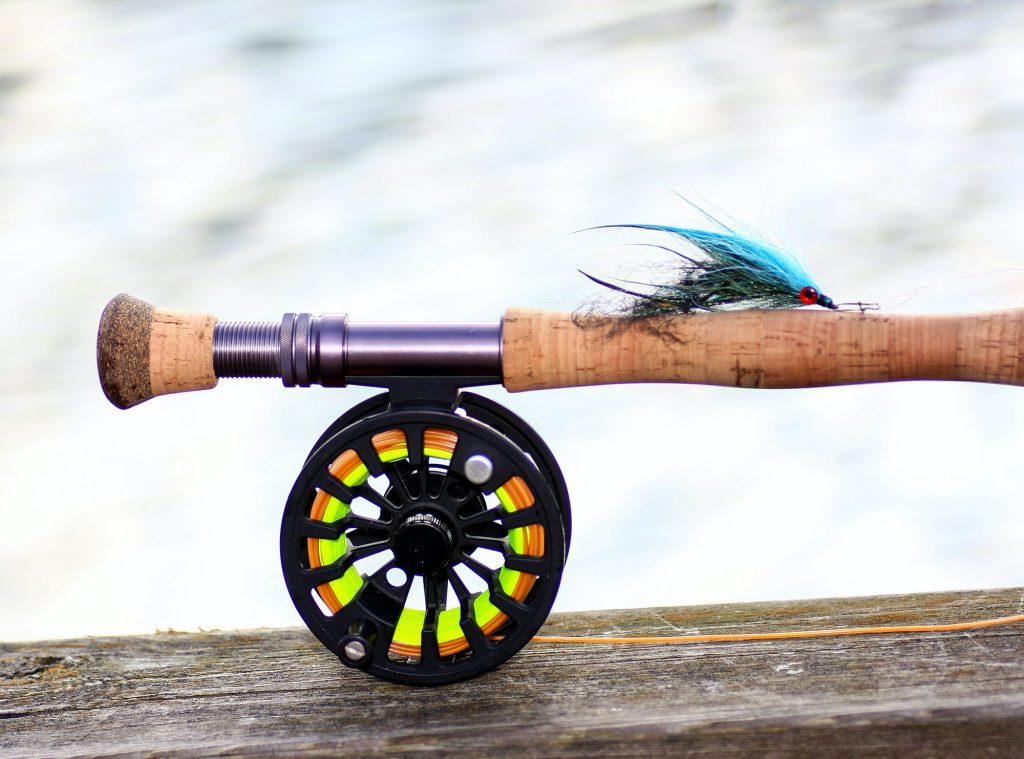Exploring the Thrills of Ocean Angling with Saltwater Fly Fishing
Saltwater fly fishing is a thrilling extension of the traditional freshwater sport, offering anglers a chance to battle some of the ocean’s most formidable species. From coastal flats to deep blue waters, saltwater environments present unique challenges and exhilarating experiences. This article provides an informative overview of saltwater fly fishing, including equipment needs, techniques, and what makes it distinctively appealing.
The Allure of Saltwater Fly Fishing
Diverse Environments and Species
- Expansive Habitats: Saltwater fly fishing can take you from shallow flats to deep offshore waters, targeting a variety of species.
- Target Species: Common targets include bonefish, tarpon, permit, striped bass, and even offshore species like tuna and dorado.
Necessary Equipment for Saltwater

Choosing the Right Gear
- Saltwater Fly Rods: Typically heavier than freshwater rods, usually in the 8 to 12-weight range, to handle larger fish and windy conditions.
- Reels and Lines: Saltwater reels should have a robust drag system and corrosion resistance. Lines need to be heavier and sometimes specialized, like sinking lines for deep water.
Durability and Maintenance
- Corrosion Resistance: Saltwater can be harsh on gear. Look for equipment specifically designed to resist corrosion.
- Regular Maintenance: Rinse your gear thoroughly with fresh water after each use to prevent salt buildup and corrosion.
Saltwater Fly Fishing Techniques
Casting Skills
- Dealing with Wind: Saltwater fly fishing often involves casting in windy conditions. Practice casting techniques that can combat strong winds.
- Longer Casts: Unlike in freshwater scenarios, saltwater often requires longer casts to successfully reach fish.
Fly Selection
- Local Forage: Choose flies that mimic the local baitfish or crustaceans. Size, shape, and color should match the prevalent forage in the area you are fishing.
- Versatility: Have a range of flies to adapt to different conditions and species.
Reading Saltwater Environments
Tides and Currents
- Understanding Tides: Tides play a significant role in saltwater environments, influencing fish movements and feeding patterns.
- Currents: Learn how currents affect fish behavior and how to position yourself effectively for casting.
Structure and Habitat
- Identifying Fish-Holding Structures: Look for reefs, drop-offs, and other underwater structures where fish are likely to congregate.
Challenges and Excitement of Saltwater Fly Fishing
Fighting Big Fish
- Techniques for Fighting Saltwater Fish: Learn how to handle the power and speed of saltwater species, which can be significantly greater than freshwater fish.
- Stamina and Patience: Battling saltwater fish often requires more physical strength and endurance.
Conservation and Ethical Practices
Sustainable Fishing Practices
- Catch and Release: Practice ethical catch-and-release to ensure the health and sustainability of saltwater species.
- Respecting Marine Ecosystems: Be aware of the fragility of marine ecosystems and strive to minimize your impact.
Saltwater fly fishing opens up a new realm of possibilities for the fly angler, filled with diverse environments, challenging conditions, and the excitement of pursuing some of the most powerful fish on the planet. Whether wading through shallow flats or casting into the open ocean, saltwater fly fishing offers an unparalleled experience that combines skill, adventure, and a deep connection with the marine world.
In this exploration of saltwater fly fishing, we’ve delved into the necessary equipment, techniques, and the unique challenges and thrills that this aspect of the sport presents. As with all forms of angling, respect for the environment and sustainable practices are key to ensuring that these magnificent saltwater habitats continue to thrive for future generations of anglers.

